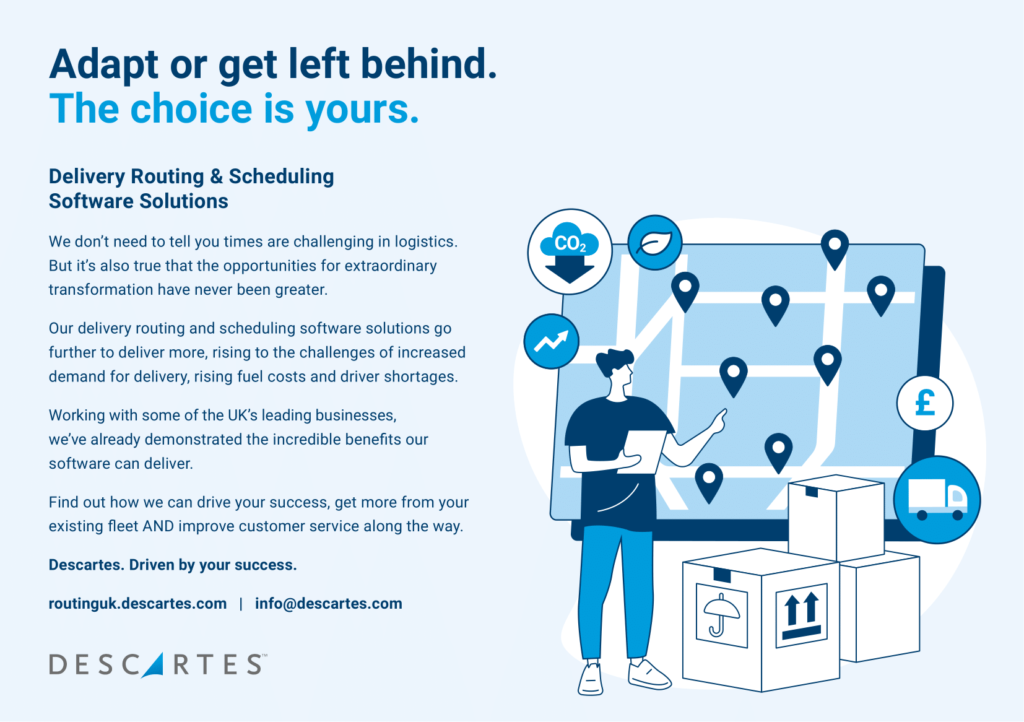A recent survey by Teletrac Navman revealed some of the biggest problems fleet operators are facing. From fuel costs to the transitions to EVs and more. How is the industry responding to this and what measures can be taken to alleviate some of the constraints. Mayank Sharma, Head of Global Product Management & UX, at Teletrac Navman, shares with us a deeper look into the results of the survey and what it means for fleet operators. More from our March edition here!

Rising fuel costs are proving to be the biggest challenge facing fleet operators in 2023 – and we don’t expect this to change anytime soon. No matter the size of the fleet, skyrocketing rates for traditional fuels continue to have a huge impact and are just one of the reasons fleet managers should consider switching to EVs.
The transition from ICE to EV fleets is most often implemented in stages – replacing vehicles as and when appropriate – but understanding how to do this in the most effective way for the business is challenging. On top of this, many fleet operators have cost and charging infrastructure concerns too.
Our EV Readiness tool helps fleet operators to plan their fleet conversion, by using smart algorithms to assess EV feasibility and provides fleet operators with insight into total cost of ownership, fuel savings and environmental impact. It examines whether a fleet is viable for switching and rather than providing a blanket yes or no, the customisable platform can offer a forensic analysis of vehicle use-data to provide a phased approach to transitioning to an EV fleet.
The survey also uncovered disruptions from Covid-19 (32%) and supply chain pressures (31%) as additional challenges, and this is no surprise. The uncertainty caused by Covid-19 and recent political changes, combined with the war in Ukraine, is making it very difficult for fleet operators to plan effectively.
Against this backdrop, the certainty provided by telematics can bring much needed business clarity for fleet operators. Vehicle tracking (43%) and driver performance (33%) were listed as the top reasons businesses take on this technology and the benefits are felt by drivers too.

Driver retention is more important than ever and having fleet management software that uses telematics can make a significant difference. Telematics help monitor driver behaviour so operators can base rewards or training needs on hard data.
Additionally, improved safety on the roads is not only a key priority for fleet operators, but it’s also a key benefit of implementing telematics. Reassuringly, a quarter of those surveyed stated that it has helped with fatigue on the road, and 9 in 10 said telematics have helped prevent accidents within their fleets.

Nearly all survey respondents (98%) said they were using either a sourced or manufacturer-provided telematics solution across their fleet – it’s great to hear the industry is implementing this technology to improve operations.
Our TN360 platform, powered by artificial intelligence (AI), delivers telematics functionalities in real-time, providing businesses with simplified, smart, predictive and actionable insights.
Traditional telematics systems rely mostly on GPS and motion sensors as they collect a narrow set of data-points, centred on location, diagnostics and routing. These systems process linear calculations and produce important but limited feedback. TN360 uses a scalable cloud ecosystem that connects data from sensors, cameras, mobile and third-party applications in real-time and translates raw signals into context. ✷
